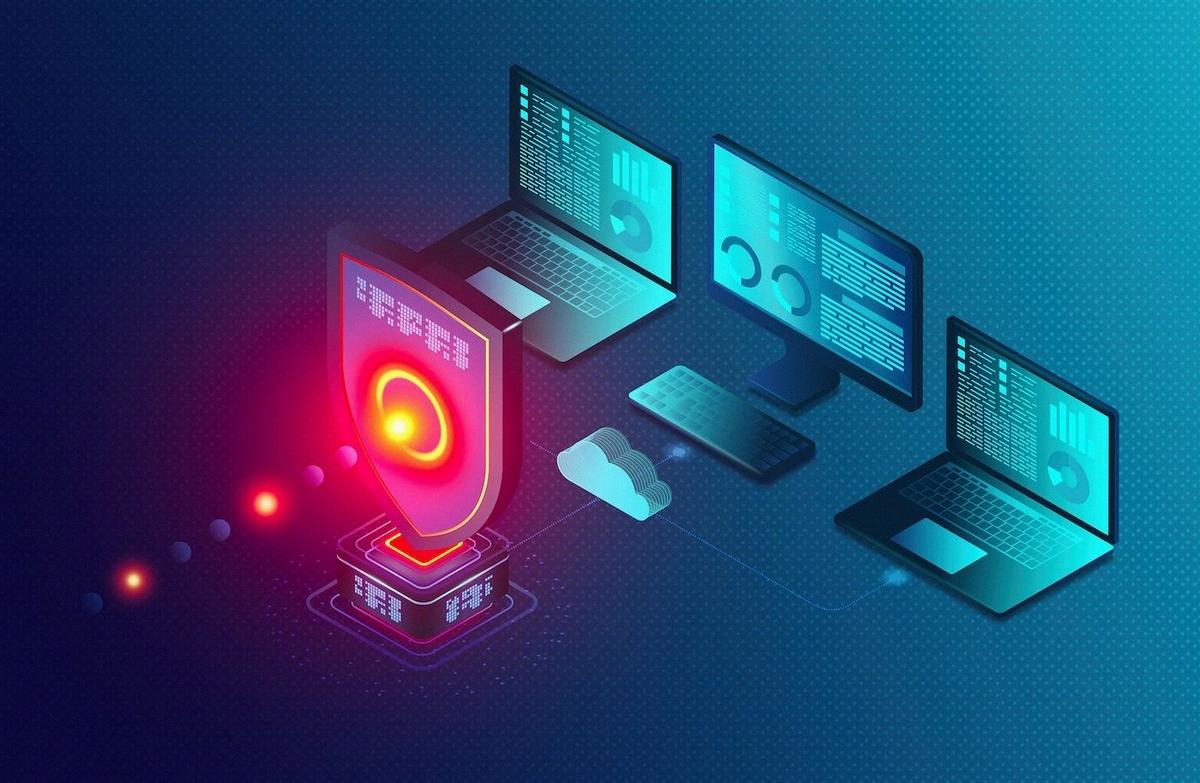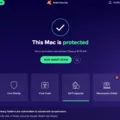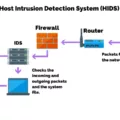Data Loss Prevention (DLP) is a critical security measure for any organization. McAfee DLP is a powerful and comprehensive solution that enables businesses to detect, monitor, and protect data from unauthorized access or exfiltration. McAfee DLP helps organizations of any size manage their data risk by scanning all communications channels such as email, web traffic, file transfers, and more.
McAfee DLP provides a comprehensive set of features to ensure your confidential data is safe at all times. It allows you to create policies that define what type of data can be sent over specific channels and how it should be handled in terms of encryption or other measures. The system also monitors user activity in order to detect any suspicious behavior or attempts at unauthorized access.
McAfee DLP Prevent receives emails from MTA servers and web traffic from web proxy servers. It analyzes the content of the emails and web traffic, applies any existing McAfee DLP policies, and sends incidents or evidence to DLP Incident Manager for further investigation. In addition, McAfee DLP Endpoint provides unrivaled protection against theft and accidental disclosure of confidential data across multiple networks, applications, and removable storage devices.
By using McAfee DLP solutions for your business needs you can rest assured that all sensitive data is protected from malicious attacks or accidental disclosure. Furthermore, it helps you comply with industry regulations such as GDPR or HIPAA while reducing the risk of costly fines due to non-compliance. With McAfee’s continuous monitoring capabilities, you can continually monitor your environment for potential threats while staying informed with detailed reports on any suspicious activity detected by the system.
McAfee’s Data Loss Prevention solutions are an invaluable tool for keeping your organization’s sensitive information secure at all times while helping you stay compliant with industry regulations. With its powerful features and robust detection capabilities, it is easy to see why so many businesses trust McAfee DLP solutions for their security needs.
Understanding How McAfee DLP Endpoint Works
McAfee DLP Endpoint is a data loss prevention software that works by preventing confidential or sensitive data from being accessed, copied, or shared. It can be deployed as an endpoint protection solution on Windows, Mac, and Linux operating systems.
McAfee DLP Endpoint monitors all user activity on the endpoint and looks for any data matching the policies set by the organization. If a match is found, McAfee DLP Endpoint will block access or alert administrators of a potential violation. Additionally, it can also control file permissions and encrypt files to ensure that only authorized users can access sensitive data.
To ensure complete coverage of endpoints, McAfee DLP Endpoint works with other McAfee products such as McAfee ePolicy Orchestrator (ePO), which allows for centralized management of all McAfee products from a single console. With ePO, administrators can deploy policies to multiple endpoints automatically and monitor user activity across their network in real time.

Source: techrepublic.com
Understanding DLP and How It Works
Data Loss Prevention (DLP) is a set of technologies used to monitor and protect sensitive data from unauthorized access, leakage, and other forms of misuse. DLP works by monitoring network traffic and endpoint activity, analyzing data content and context, and then responding with appropriate actions such as blocking the transmission or alerting a security administrator.
DLP technology can be deployed in a variety of different ways, such as on-premises software and appliances, cloud-based services, or integrated within existing infrastructure components such as firewalls or routers. It can also be applied to data stored both in motion and at rest.
When it comes to implementation specific to data in motion (e.g., across networks), DLP uses a combination of deep packet inspection (DPI) and protocol analysis to detect outbound traffic that should not be sent. The DPI engine is used to inspect the contents of packets for sensitive information that matches predefined policies. Protocol analysis is used to detect anomalous or suspicious behavior that may indicate an attempted breach or malicious activity.
When it comes to implementation specific to data at rest, DLP solutions typically use agents installed on each system hosting sensitive data in order to monitor user access attempts and activities related to the data itself. This could involve monitoring file transfers, logging file access attempts (including failed attempts), scanning files for sensitive content, etc., all based on predetermined policies.
Overall, the goal of any DLP solution is to ensure confidential information remains confidential even when it’s transferred across networks or stored in systems throughout an organization’s IT infrastructure.
Does McAfee Offer Data Loss Prevention?
Yes, McAfee does have Data Loss Prevention (DLP) Endpoint technology. This technology helps to protect confidential data from theft and accidental disclosure by monitoring the network, applications, and removable storage devices for potential threats. DLP Endpoint continuously monitors for unauthorized access to sensitive data, such as customer information or financial records, and can alert administrators or IT staff if an issue arises. It also provides encryption of sensitive data on end-user devices and removable media, as well as secure online file-sharing and collaboration capabilities. With McAfee’s DLP Endpoint, organizations can be assured that their most important information is kept safe.
Understanding DLP in Antivirus Protection
Data Loss Prevention (DLP) in antivirus is a security feature that helps organizations prevent the unauthorized access, exfiltration, or destruction of sensitive data. It does this by monitoring and controlling the flow of data across networks and devices. DLP can detect when confidential information is sent outside an organization’s boundaries and alert IT administrators to take action. It can also block unauthorized users from accessing sensitive data, as well as detect when malicious actors are attempting to steal or manipulate data. Ultimately, DLP helps organizations protect their confidential information and comply with industry regulations.
The Benefits of Using DLP
Data Loss Prevention (DLP) is a technology that helps organizations protect their sensitive data from unauthorized access, use, and dissemination. The key advantage of DLP is that it provides organizations with the ability to identify and protect their sensitive data. With DLP, organizations can detect when sensitive data is being accessed, moved, or copied without authorization. Additionally, DLP can be used to enforce rules on how sensitive data should be handled within an organization’s network. This includes preventing users from sharing restricted data outside of the organization or sending sensitive information via unencrypted email. Finally, DLP can also help organizations track and audit any access to their sensitive data in order to ensure compliance with relevant regulations such as GDPR or HIPAA.
Types of Data Loss Prevention
The three types of data loss prevention are network DLP, endpoint DLP, and cloud DLP.
Network DLP is an approach that focuses on monitoring the flow of data within a network, such as emails and file transfers. It scans for sensitive information as it passes through the network and can block it from being sent or received if necessary. Additionally, this type of DLP can be used to monitor employee activity across different networks and alert administrators when suspicious activity is detected.
Endpoint DLP is a solution that focuses on the individual devices within a network. It scans the devices for any sensitive information and can then block access to tose files or alert administrators to investigate further. This type of DLP ensures that even if a file is removed from its original location, it will still be monitored and prevented from leaving the network.
Cloud DLP is an approach designed to protect cloud-based services such as SaaS applications and storage platforms like Dropbox. This type of data loss prevention monitors cloud-based services for any sensitive information and can block access to those files or alert administrators if necessary. Additionally, cloud DLP solutions may also look for potential threats or suspicious activities that could lead to data breaches in order to prevent them before they happen.
Examples of Data Loss Prevention (DLP)
Data Loss Prevention (DLP) is a strategy for protecting confidential data from unauthorized access and use. DLP typically includes both technological and procedural components.
Technological solutions include configuring user workstations to block the use of USB devices, encrypting confidential data, implementing two-factor authentication for accessing sensitive data and using firewalls to restrict access to internal networks. Procedural policies might involve requiring management approval for the sharing of sensitive data via email or other communication channels, limiting access to confidential information to only those with a legitimate need to know, and conducting regular security audits.
Steps of Data Loss Prevention
The three steps of data loss prevention are: Identify, Discover, and Classify.
First, it is important to identify the systems or locations where sensitive data is stored. This can include physical or virtual machines, databases, file systems, cloud storage solutions, and other areas. Once all the systems are identified and cataloged, the next step is to discover which data elements are considered sensitive. This involves analyzing each system for its sensitivity level and categorizing any data that could be deemed as personal or confidential information. The final step of data loss prevention is to classify this sensitive data accordingly. Depending on the nature of the information, it can be labeled as restricted access, private use only, or even encrypted to keep it secure from any unauthorized personnel. By following these three steps of data loss prevention – identify, discover, and classify – organizations can protect their sensitive digital assets from potential breaches and other malicious activity.
Does McAfee Offer Endpoint Detection and Response (EDR)?
Yes, McAfee Endpoint Security Suite includes a comprehensive Endpoint Detection and Response (EDR) solution. EDR allows organizations to detect, investigate and respond to advanced threats on endpoints in real-time. It utilizes machine learning to detect malicious behavior and identify potential attacks while providing automated threat containment and remediation. The EDR solution is able to detect file-less threats, zero-day threats, and ransomware, as well as identify suspicious network connections. In addition, it provides detailed forensic analysis of the incidents it detects to allow for further insight into an organization’s security posture.
What is the Meaning of DLP in McAfee?
DLP stands for Data Loss Prevention. It is a security solution offered by McAfee to protect sensitive information from being accessed, used, or stolen without authorization. DLP is a hardware solution that uses copper wires and other hardware components to detect and prevent unauthorized access to sensitive data. It monitors network traffic for attempts to access sensitive information and can block access if necessary. DLP also provides visibility into who is accessing the data, when it is being accessed, and where it is going. This helps organizations maintain the confidentiality of their data while ensuring that it remains accessible only to authorized users.
Can Malware Be Detected by DLP?
Yes, DLP can detect malware. It does this by using antivirus scans to look for Trojans and other malicious software on endpoint devices. It can also detect malicious emails by scanning attachments for known viruses. Finally, DLP can limit outside access to the internal network with a firewall, providing an additional layer of protection against malware.
The Necessity of Data Loss Prevention
Yes, data loss prevention (DLP) is necessary for organizations to protect their confidential data from loss, unauthorized access, and misuse. DLP solutions are designed to detect and block attempts to transfer sensitive data outside the organization, such as via email, removable media devices, or cloud storage services. They can also detect the use of specific keywords or file types, including credit card numbers and social security numbers. Furthermore, DLP solutions can help organizations comply with industry regulations such as GDPR and HIPAA by identifying potential violations before they occur. Ultimately, deploying a comprehensive DLP system is essential for any organization that wants to ensure the security of its confidential data.
Conclusion
In conclusion, McAfee DLP is a powerful data loss prevention solution that enables organizations to protect sensitive data from unauthorized access and exfiltration. It provides a comprehensive suite of tools to detect and prevent potential data breaches, as well as compliance with applicable regulations. With its advanced features, such as content inspection and contextual analysis, McAfee DLP is an ideal solution for organizations looking to secure their data in the most effective way possible.








